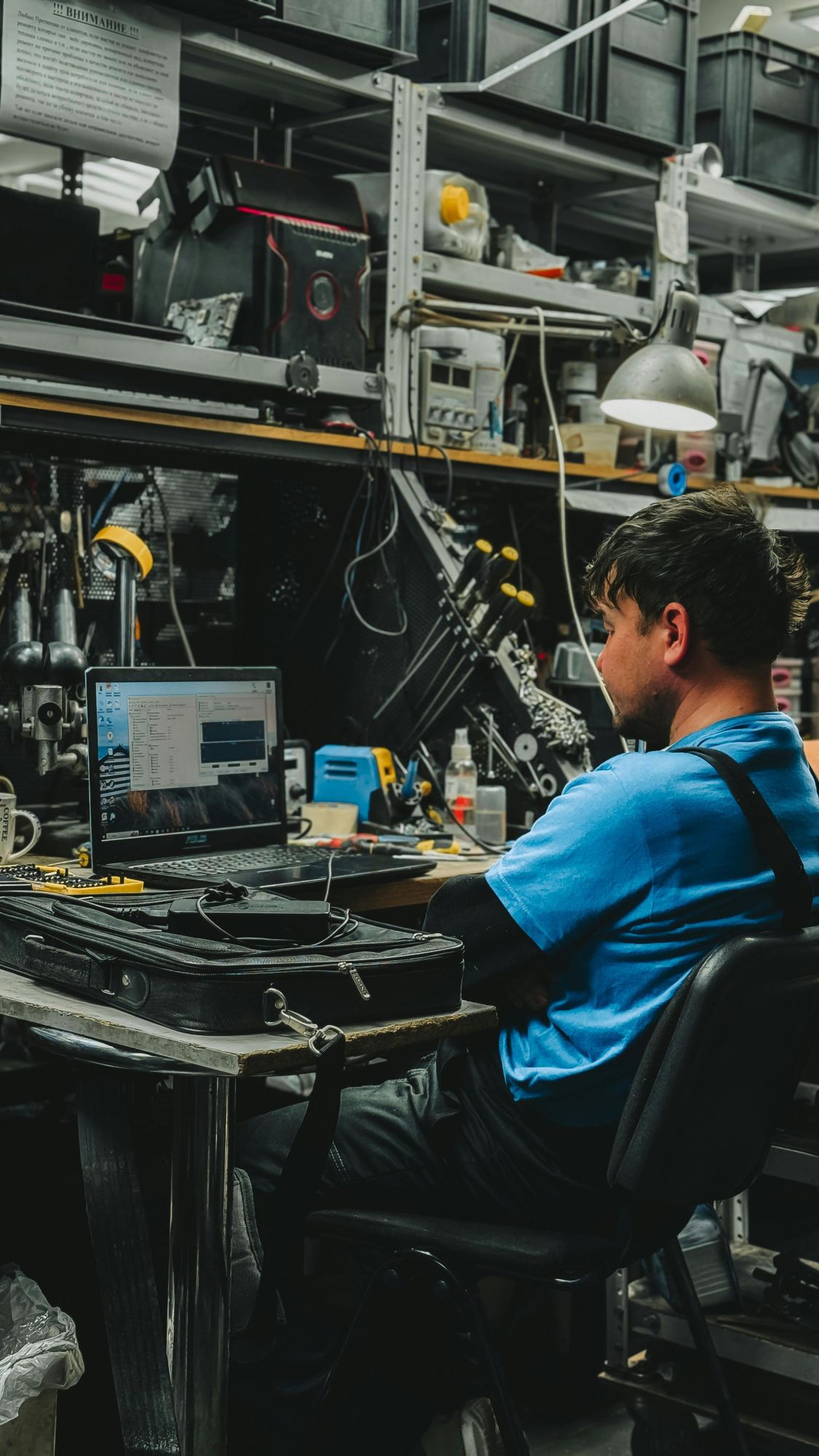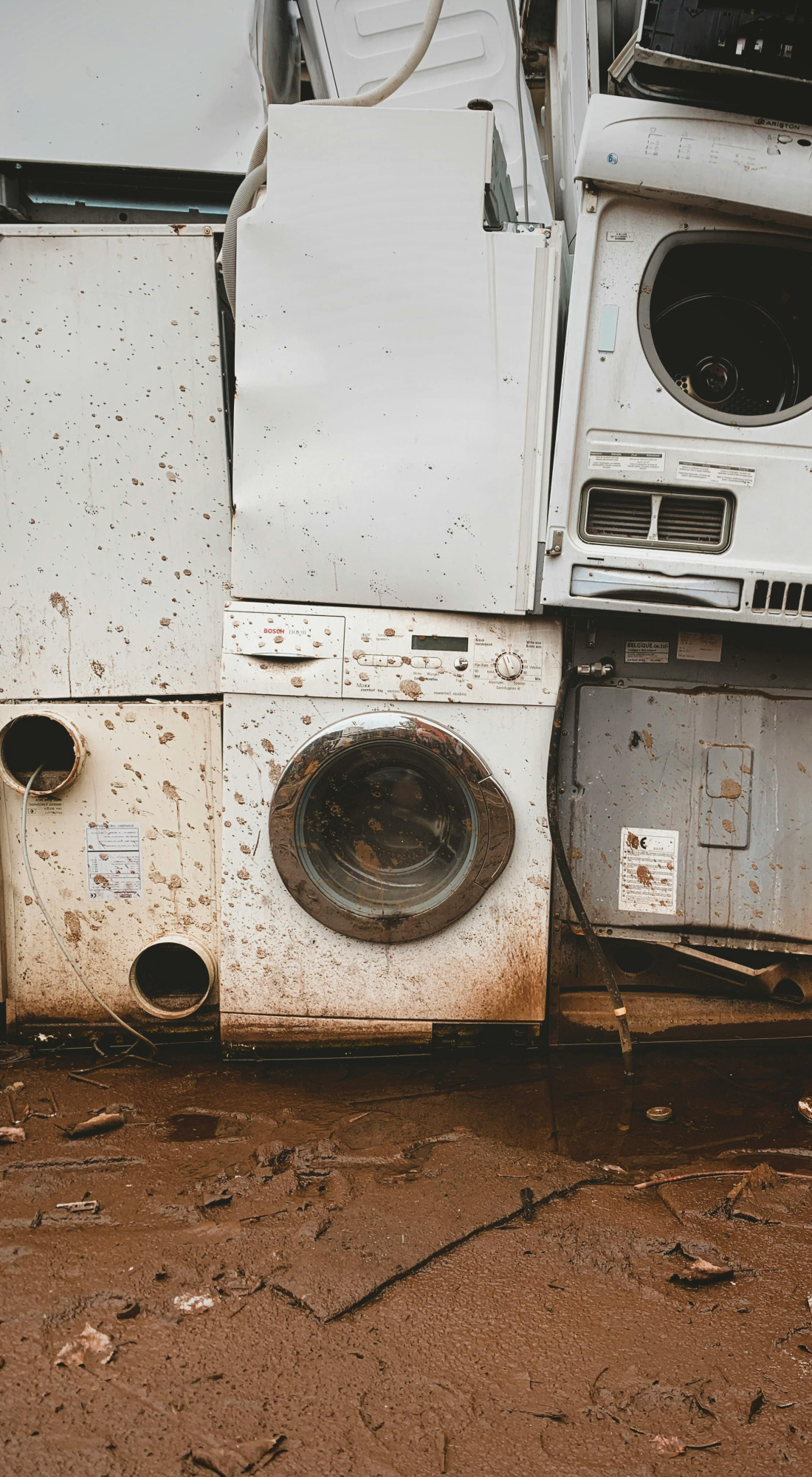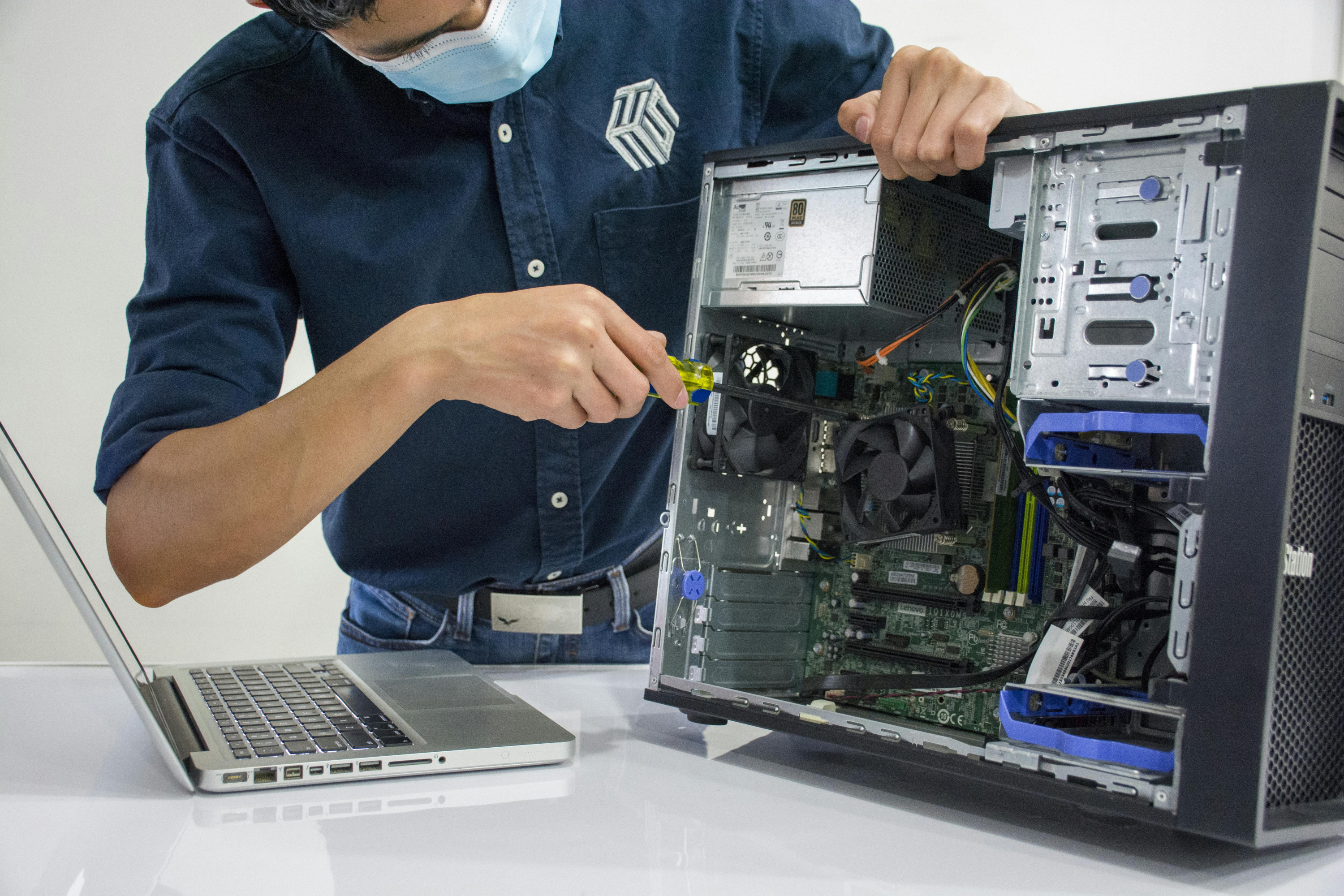The right to repair: the trend to combat technological obsolescence

Born from both the DIY (do it yourself) spirit and environmental awareness and the quest to reduce consumption, the right to repair movement is growing worldwide. The goal? To enable everyone to repair things if they want.
At a time when excessive consumption reigns supreme and we tend to use and discard, little is known about reusing or repairing, understanding that this not only implies buying less but also extending the useful life of the objects and devices we use daily. The right to repair proposes an almost revolutionary change of mindset.

Members of the Repairers Club extend the lifespan of objects at open events. Photo: Pexels: Bult843
)What are the consequences of constant technological change? Like upgrading your cell phone every two years, and the same applies to your laptop. Or buying a new washing machine or refrigerator because they were manufactured in an era when planned obsolescence wasn't as prevalent as it is today.
Carolina Martínez Elebi, journalist and editor of DHyTecno, responds: “ The idea that someone would buy something and have it last perhaps 'a lifetime' was abandoned when the Cold War ended . In the 1990s, the model of neoliberal capitalism expanded with a massive and diverse product offering that lasted increasingly less.”
The memory of a time when travelers to the United States would return with the same anecdote still lingers: they were amazed to see everything from televisions to armchairs on the sidewalks that only needed a new upholstery. Thus, the idea of discarding anything that wasn't new or broken, without attempting to repair it, spread. Advertising and the media also played their part, encouraging the purchase of products that, perhaps, weren't necessary.
But then, what alternatives have emerged in recent decades?
A global movement “The right to repair is a global movement that promotes the possibility of repairing products instead of disposing of them, seeking to combat planned obsolescence (this strategy used by companies to make their products stop working prematurely so they can sell new ones) and foster a circular economy. This movement has been gaining traction in various parts of the world in recent years, including our region and, particularly, in Argentina,” explains Elebi.
In that country, current legislation establishes that manufacturers, importers, and sellers of non-consumable products must ensure adequate technical service and the supply of spare parts.
However, this obligation is understood to be enforceable within the six-month warranty period . Regarding regulation, a bill was introduced in 2018, but it failed to advance. The bill concluded that "the objective of obsolescence is solely economic profit, disregarding consumer needs or the environmental impact of production, much less the consequences generated in terms of waste accumulation." Furthermore, ideas were put forward such as promoting "the provision of high-quality products with a longer lifespan at affordable prices."
“ Currently, in a new effort, there is a bill before the Permanent Commission for the Defense of the Consumer, User, and Competition, and the Commission on Natural Resources and Conservation of the Human Environment , to 'guarantee consumers and repair providers' the right to repair non-consumable movable goods they have purchased,” Elebi continues.

Old equipment is being refurbished and repurposed thanks to the work of Cibercirujas. Photo: Pexels: David Underland
The phenomenon isn't unique to Argentina: Canada recently approved two bills to amend its copyright laws with the goal of making devices more interoperable and easier to repair and maintain. The European Union, for its part, is responsible for several rulings requiring companies to manufacture more repairable devices and will push for legislation on product design and repair requirements that will extend to devices sold elsewhere.
Nathan Proctor, director of the Right to Repair campaign at the nonprofit Public Interest Research Group (PIRG), says the best strategy is a diverse one that incorporates repair allies from all walks of life.
In the United States, although no legislation has yet been passed in Congress, the movement is also thriving. As the tech magazine Wired recently reported, citizens want to be able to change the batteries in their cell phones (without having to throw them away, as this isn't possible), as well as being able to fix their tractors or even the ice cream machines at a chain as popular as McDonald's.
The US Copyright Office had to rule in favor of a petition filed by iFixit (the site with free online teardown and repair guides) and the nonprofit Public Knowledge, which asked that restaurants be able to bypass the factory digital locks on the machines to make them easier to repair.
The ability to repair, recycle, and reuse not only has advantages for the environment, but also for your wallet . “If Trump truly follows through on his promises and imposes 30 percent tariffs on new electronics, that will drive a focus on extending product lifespans. Well, let's fix the things we already have. This could be very good for the repair world,” said Kyle Wiens, CEO of iFixit, a few months ago. How many everyday things can't be repaired because they're designed to be unusable?
What we all can do Despite the encouragement of consumption, disposal, and constant refurbishment, there are organizations pushing for legislation that allows consumers their right to repair, as well as communities and individuals who practice and promote the art of repair.
A phenomenon accompanied by the growth of used-buying and trade-in spaces. Although the reasons vary—economic, environmental, philosophical—they all agree on one thing: not everything that's broken is lost.
There are spaces that share this spirit, promoting repair, disseminating information to empower users and empower them, organizing open-air fairs where they auction off recycled technological parts to bridge the digital divide and combat planned obsolescence, and many other activities.
“The Repairers Club (of Argentina) is a movement that promotes repair as a responsible consumption practice, and this year marks the tenth anniversary of the project's inception. We are creating a space, a club headquarters, where we plan to hold open community and collaborative repair events, as well as workshops and other cultural and social events focused on extending the lifespan of objects and the circular economy, but also as a meeting space to take action on the climate and ecological crisis,” the Club explains.

Activists are promoting the right to repair as part of a more circular and fair economy. Photo: PEXELS: Elias Gamez
Cibercirujas, for its part, is a technopolitical activism or hacktivism group, also from Argentina. As part of its activities, it repairs and tunes up 15- or 20-year-old computers that, using free software, can continue to be used for household, work, and school tasks, and then donates them.
“Many of the activities we carry out relate to the right to repair and the circular economy for IT goods. The various cells in different parts of the country carry out activities related to equipment repair, hardware recycling, and also cultural events related to video games, electronic arts, alternative electronic music, and similar topics,” explains Soldán, one of the founding members, a professor, and editor of Replay magazine.
And he adds: "We are a decentralized organization that prioritizes common goals related to hardware repair, its recycling, and putting debates related to technopolitics on the agenda. We have long talked about the aristocrats of technology and have been denouncing them, even though they are much more in vogue now."
Perhaps this recovery of what some consider "junk" will not only allow us to rethink the useful life of the objects around us, inspire more open designs, respect consumer rights, and even empower us as citizens, but also allow us to discuss these issues in line with the contemporary debates about the use of our data by tech giants.
For the Nation (Argentina) - GDA
eltiempo





